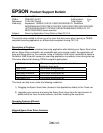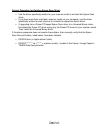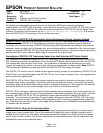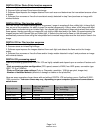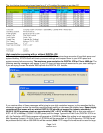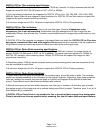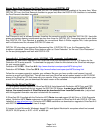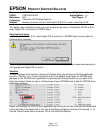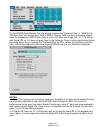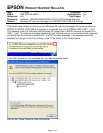
Page 1 of 6
PSB.2004.09.001
EPSON
P
RODUCT
S
UPPORT
B
ULLETIN
Date:
09/01/2004
Originator:
TC
PSB #:
PSB.2004.09.001
Authorization:
Reference:
N/A
Total Pages:
6
Product(s):
Perfection 4870 Series Scanner
Subject:
DIGITAL ICE Technology
This bulletin provides additional information for the Perfection 4870 Series scanner and Epson’s
implementation of DIGITAL ICE Technology. It provides such information as: how DIGITAL ICE works, why it
takes longer to scan with DIGITAL ICE, and the functional limitations of DIGITAL ICE and the Epson Scan
software. You will also find information for the LaserSoft® Imaging Inc. SilverFast® Ai 6 scanner
driver with DIGITAL ICE Technology at the end of this document.
Description of DIGITAL ICE from Kodak's Austin Development Center, formerly Applied
Science Fiction
(
For more information on DIGITAL ICE visit their web site at: www.asf.com)
The award-winning DIGITAL ICE Technology automatically removes surface defects, such as dust and
scratches, from a scanned image. DIGITAL ICE technology differentiates itself from software-only solutions
because it does not soften, blur or otherwise alter any underlying details or composition of the original image.
Instead, the patented DIGITAL ICE technology works from within the scanner, during the scanning process, to
provide users with a clear, authentic base image that improves the original image.
Description of DIGITAL ICE Technology (taken from the Perfection 4870 Quick Guide)
The Perfection 4870 scanner includes DIGITAL ICE Technology for both photo prints and film. The DIGITAL
ICE Technology is built into the hardware of the Perfection 4870 Series scanner and works with the DIGITAL
ICE software built into the Epson Scan driver. The combination of hardware and software lets you scan,
correct, and restore your photos in one easy step, without any compromise to image quality. Note:
DIGITAL
ICE Hardware and Software are both required for the DIGITAL ICE Technology to function.
The DIGITAL ICE function can be divided into two types according to what you are scanning. DIGITAL ICE for
Photo Prints is used for photographs, and DIGITAL ICE for Film is used for positive films, color negative films
and monochrome negative films.
With DIGITAL ICE for Photo Prints, your scanner examines your photo for defects on the surface, such as
scratches, tears, cracks, and debris. It does this by shining a second light source on your photo and storing
information about the shadows these defects create in a separate data space. It then uses this information to
remove the defects from your scanned image so you don’t have to remove them yourself.
DIGITAL ICE for Film uses a different method to automatically remove scratches, dust, and fingerprints from
your scanned image. During the typical scanning process, information is gathered using red, green, and blue
channels. With DIGITAL ICE for Film, an additional infrared channel collects the defect information for
correction. The results are truly amazing. Though it takes a bit longer to scan with DIGITAL ICE Technology,
the results will save you time. The majority of the painstaking work of removing scanned defects is done for
you. Final touch-ups can still be done in your image-editing software such as Adobe® Photoshop® Elements
2.0 bundled with the scanner.
DIGITAL ICE for Photo Prints function outline
This scanner has two visible lamps for reflection. The lamps are placed symmetrically to provide the same
image when a scan is made twice. One of the properties of visible light is that it reflects irregularly when it
radiates a flaw or debris. For this reason, the images obtained with lamps A and B will have an inconsistent
area if there is a flaw or debris. This function determines the inconsistent area as a flaw or debris and then
automatically removes the unwanted defect.



